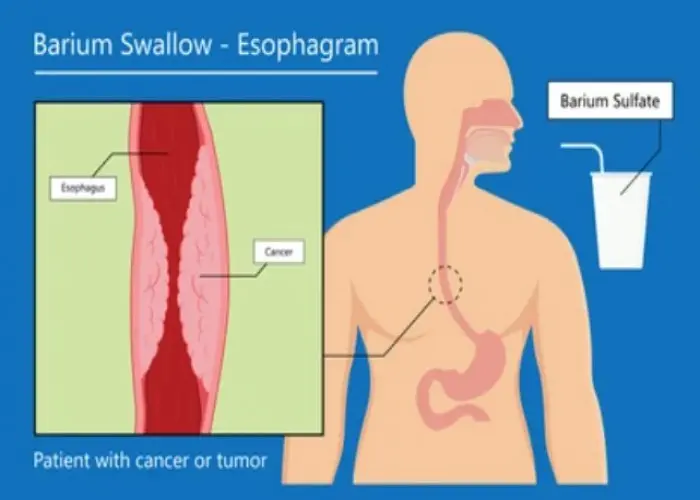 Welcome
Welcome
“May all be happy, may all be healed, may all be at peace and may no one ever suffer."
Barrett's esophagus

Barrett's esophagus is a condition in which the lining of the lower esophagus is damaged and replaced by tissue that is similar to the lining of the intestine. This condition is typically caused by long-term gastroesophageal reflux disease (GERD) and may increase the risk of developing esophageal cancer. Treatment options may include medication to reduce acid reflux, lifestyle changes, or in some cases, surgery. Patients with Barrett's esophagus should have regular monitoring by a healthcare provider to screen for esophageal cancer.
Research Papers
Disease Signs and Symptoms
- Heartburn
- Acid regurgitation
- Difficulty swallowing (dysphagia)
- Chest pain
Disease Causes
Barrett's esophagus
The exact cause of Barrett's esophagus isn't known. While many people with Barrett's esophagus have long-standing GERD, many have no reflux symptoms, a condition often called "silent reflux."
Whether this acid reflux is accompanied by GERD symptoms or not, stomach acid and chemicals wash back into the esophagus, damaging esophagus tissue and triggering changes to the lining of the swallowing tube, causing Barrett's esophagus.
Disease Prevents
Disease Treatments
Treatment for Barrett's esophagus depends on the extent of abnormal cell growth in your esophagus and your overall health.
No dysplasia
Your doctor will likely recommend:
- Periodic endoscopy to monitor the cells in your esophagus. If your biopsies show no dysplasia, you'll probably have a follow-up endoscopy in one year and then every three to five years if no changes occur.
- Treatment for GERD. Medication and lifestyle changes can ease your signs and symptoms. Surgery or endoscopy procedures to correct a hiatal hernia or to tighten the lower esophageal sphincter that controls the flow of stomach acid may be an option.
Low-grade dysplasia
Low-grade dysplasia is considered the early stage of precancerous changes. If low-grade dysplasia is found, it should be verified by an experienced pathologist. For low-grade dysplasia, your doctor may recommend another endoscopy in six months, with additional follow-up every six to 12 months.
But, given the risk of esophageal cancer, treatment may be recommended if the diagnosis is confirmed. Preferred treatments include:
- Endoscopic resection, which uses an endoscope to remove damaged cells to aid in the detection of dysplasia and cancer.
- Radiofrequency ablation, which uses heat to remove abnormal esophagus tissue. Radiofrequency ablation may be recommended after endoscopic resection.
- Cryotherapy, which uses an endoscope to apply a cold liquid or gas to abnormal cells in the esophagus. The cells are allowed to warm up and then are frozen again. The cycle of freezing and thawing damages the abnormal cells.
If significant inflammation of the esophagus is present at initial endoscopy, another endoscopy is performed after you've received three to four months of treatment to reduce stomach acid.
High-grade dysplasia
High-grade dysplasia is generally thought to be a precursor to esophageal cancer. For this reason, your doctor may recommend endoscopic resection, radiofrequency ablation or cryotherapy. Another option may be surgery, which involves removing the damaged part of your esophagus and attaching the remaining portion to your stomach.
Recurrence of Barrett's esophagus is possible after treatment. Ask your doctor how often you need to come back for follow-up testing. If you have treatment other than surgery to remove abnormal esophageal tissue, your doctor is likely to recommend lifelong medication to reduce acid and help your esophagus heal.
Disease Diagnoses
Disease Allopathic Generics
Disease Ayurvedic Generics
Disease Homeopathic Generics
Disease yoga
Barrett's esophagus and Learn More about Diseases

Salmonella infection

Hypereosinophilic syndrome

Dry eyes

Interstitial cystitis

Tuberculosis

Common cold in babies

Bradycardia

Dislocated elbow
Barrett's esophagus, Barrett's oesophagus, Barrett's Esophagus symptoms, ব্যারেটস খাদ্যনালী
To be happy, beautiful, healthy, wealthy, hale and long-lived stay with DM3S.
